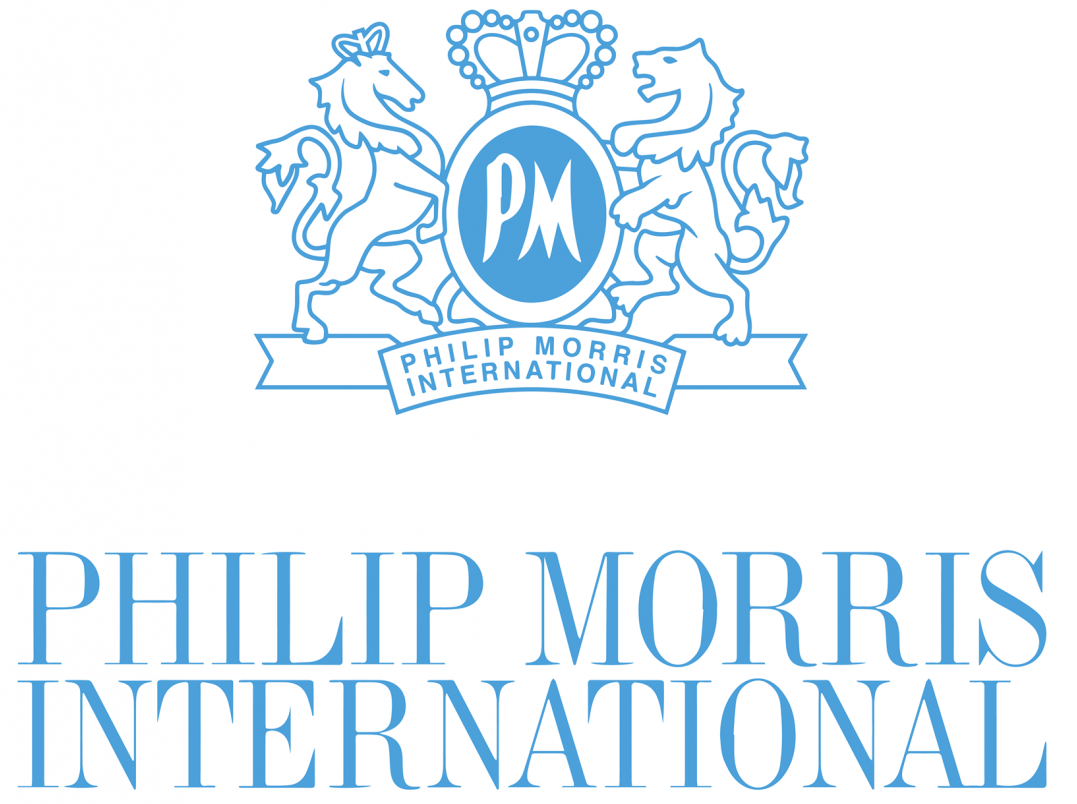About Philip Morris International
There is a lot to be said about the tobacco industry.
Since the inception of tobacco and its many applications, then morphing into the everyday cigarette and now vape, tobacco is an industry that is likely to never go away due to its addictive nature (mainly through usage of nicotine) and tied with the fact that there is a lot of money to be made if you’re Big Tobacco.
Yes, smoking is objectively bad and has been proven time and time again to negatively impact not only those who smoke, but those around them as well. Nevertheless, smoking is an excruciatingly difficult habit to break and as citizens all over the globe have continued to bear more and more pressures and concerns related to their health (namely due to fear(s) of COVID-19 and its variants) as well as financial pressures that can at sometimes feel insurmountable, large tobacco companies are perfectly positioned to capitalize from people having more stress and less money.

From a strict numbers-based, objective investment standpoint, this has proven to usher in a recession proof business model for companies such as Philip Morris as people tend to endure increased levels of stress during times of economic hardship and prioritize the money and the savings they do have on essentials, one of them being cigarettes.
We say all this to point out two things.
Cigarettes are addictive and Philip Morris makes money from the manufacture and sale of its iconic (and again, addictive) cigarette and tobacco-based brands such as L&M, Marlboro, Virginia Slims and many others.
This is something one must be comfortable with if they were to invest in Philip Morris International or other tobacco brands such as Altria.
We’ve written about the general philosophy and our personal views on morality in investing and if you’d like to learn more about our views, feel free to check out one of our past articles on the matter.
Now that we’ve provided some background information on Philip Morris and additional factors you might want to consider before potentially investing your money into the company, let’s let the objective party speak for itself; the numbers.
Philip Morris’ stock financials
Currently trading at a share price of around $100, Philip Morris has a market capitalization of $155.24 billion, distributes an annual dividend of $5.08 to its shareholders along with maintaining a price-to-earnings (P/E) ratio of 18.25.
Given this preliminary financial information, Philip Morris’ stock is trading a tidge below fair value or slightly below what its stock is currently worth paying for, since a P/E of 20 implies fair value and PM’s is slightly below 20.
That’s a good thing!
Additionally, before moving onto the company’s balance sheet it should be noted that Philip Morris has a very strong dividend, similar to that of what we’ve seen in previous stock analysis articles but still markedly higher than average, regardless of business or industry.
This is also a plus for potential investors.

Moving onto Philip Morris’ balance sheet, the company’s executive team is in charge of around $41.3 billion in total assets and $51.3 billion in total liabilities.
We do not, repeat, do not, like this company’s balance sheet.
While its total liabilities are probably higher than its total assets due to inflationary headwinds, commodity cost fluctuations, foreign exchange cost complications and massive excise tax-related expenses specific to the tobacco industry, all of which are pretty much costs that are external and can’t be directly altered by PM’s executives team, this is a lot to not like, even though cigarettes are quite a profitable line of business.
Additionally, there is a lot of regulatory scrutiny that comes with being a major player in the tobacco space, which is likely costly to Philip Morris in more ways than none.
All things considered with the company’s upside down (more total liabilities than total assets) balance sheet, we’re not the biggest fans of all of the costs this company has to incur in order to stay on top.
Shifting gears to the company’s income statement, PM’s total revenue over the past five years has been quite consistent, staying at nearly $29 billion each year (since 2017). This is a comforting metric in the sense that throughout the economic turbulence that has been put in front of business, small and large, across the world, Philip Morris International has kept revenue predictable and consistent.
It can also be noted on the company’s income statement that during each of these years Philip Morris achieved gross revenue typically between $76 billion and $82 billion during the same time period, however the excise taxes placed on these revenues, which totaled $50.8 billion last year in total, evidently cut deeply into the company’s revenue.

This is just another raw reminder that Philip Morris and its tobacco counterparts lose a lot in expenses they simply cannot control.
In terms of the company’s cash flow statement, its net income has remained fairly steady since 2017 and PM has also been able to net consistent figures in terms of total cash from operations, ranging from $8.9 billion (2017) to nearly $12 billion (2021).
This is good but to be expected from a company as large and well established as Philip Morris.
Philip Morris’ stock fundamentals
Historically, it can be said that Big Tobacco profit margins tend to be pretty fat.
It was true then and it is certainly true today with Philip Morris.
For instance, the company’s trailing twelve month (TTM) net profit margin is clinched at 29.10% to the industry’s average of 25.09%, according to TD Ameritrade’s platform.
This is similar to the company’s total cash from operations.
It’s a strong, positive metric but it is to be expected from this company.
Nevertheless, PM definitely gets a checkmark in the “profitability” box, as a nearly 30% annual net profit margin isn’t anything to scoff at, it’s just common in the tobacco industry, particularly if you’re a leader.
Correspondingly so, Philip Morris’ TTM returns on assets and investment are both considerably greater than that of the industry’s average which is also a good sign, specifically that they are attaining good use of their large range of capital and other resources.
Should you buy Philip Morris stock?
Morality should come into question when thinking about investing in Philip Morris’ stock.
However, since everyone has different views of morality and numbers are a far more objective and easy to digest benchmark, let’s finish there.
The company can’t escape all of the numerous aforementioned headwinds but it can rely on its addiction feeding products to keep consumers craving more and paying more.
Additionally, PM’s comparable returns are high as are its profits, its revenue has remained stable and its P/E sits in a favorable position during the time of this publication.
Incorporating all of this data and information into one rating, we think it is most appropriate to give this company’s stock a “hold” rating, mainly due to the vast amounts of uncertainties and headwinds plaguing Philip Morris and the tobacco industry as a whole.
DISCLAIMER: This analysis of the aforementioned stock security is in no way to be construed, understood, or seen as formal, professional, or any other form of investment advice. We are simply expressing our opinions regarding a publicly traded entity.